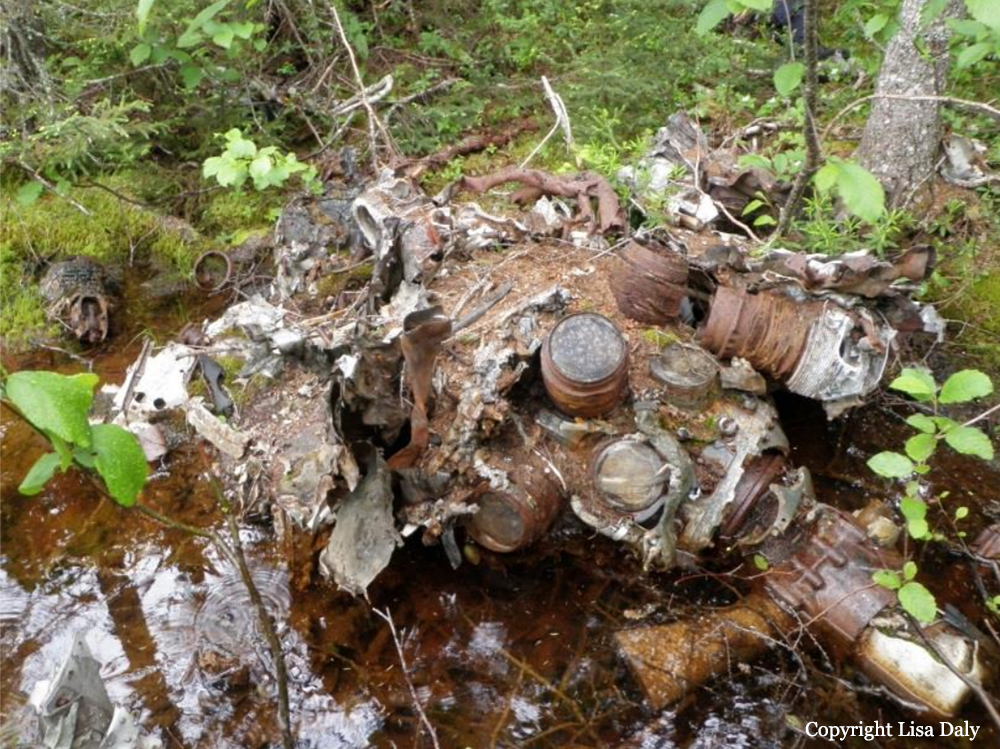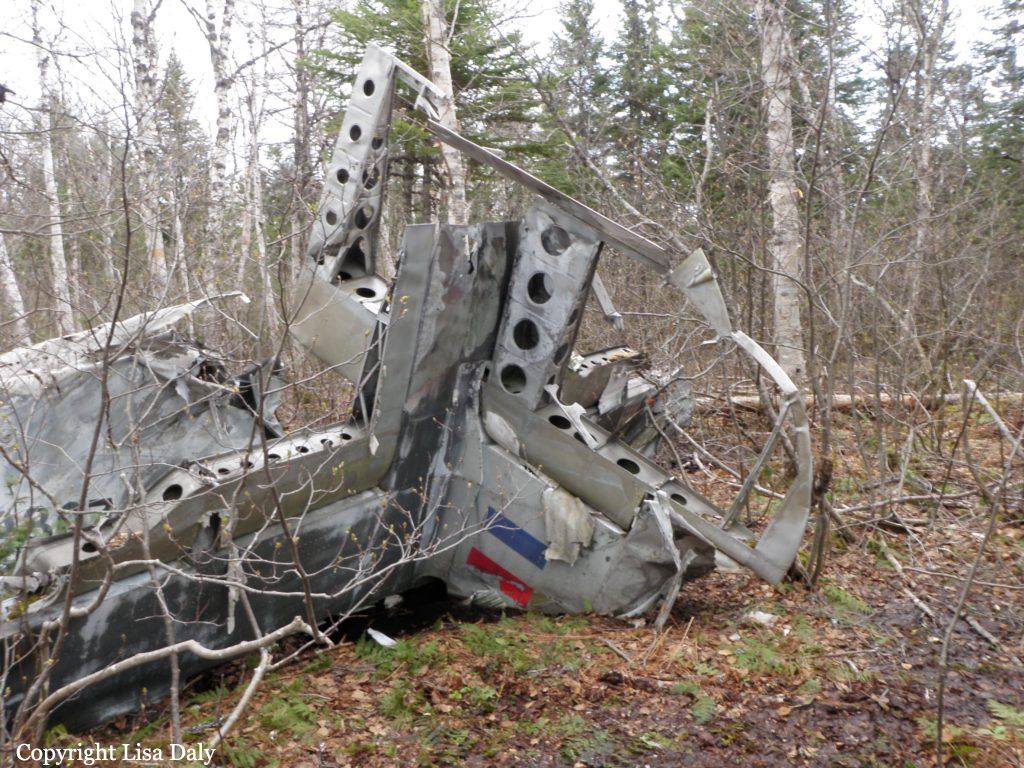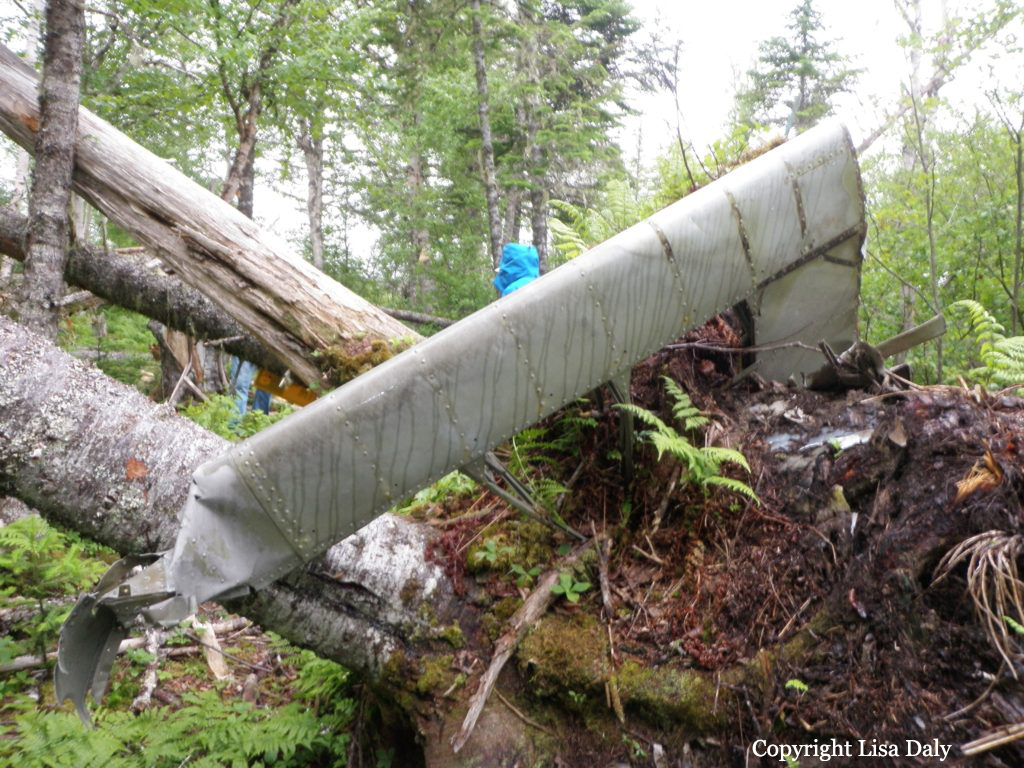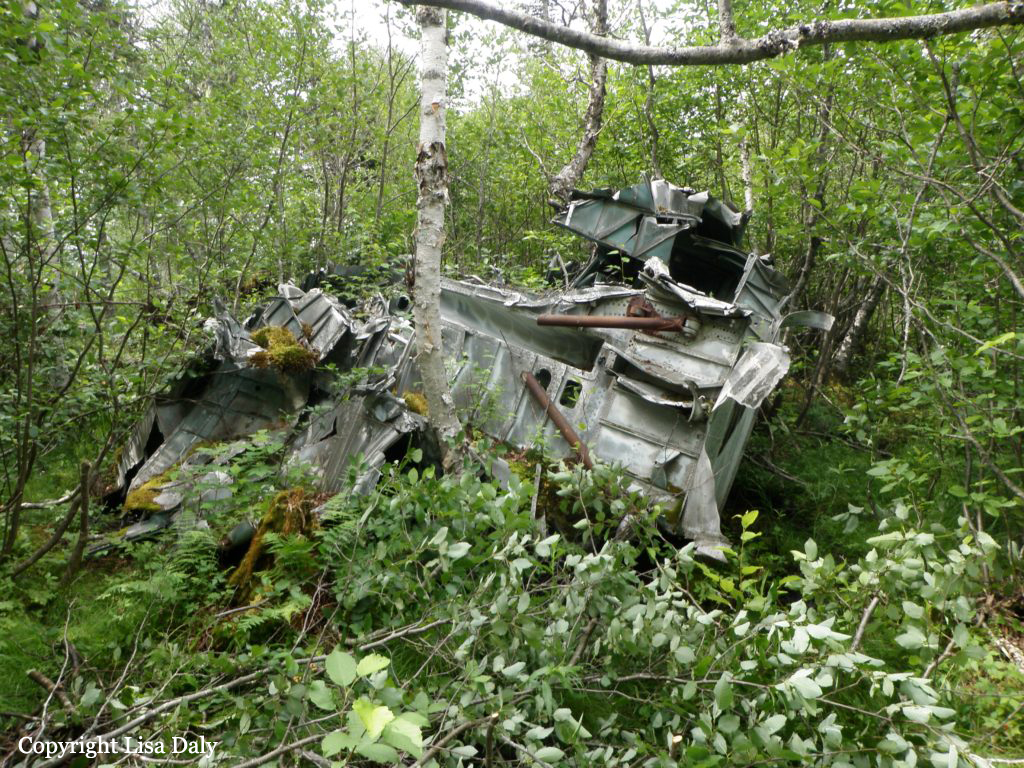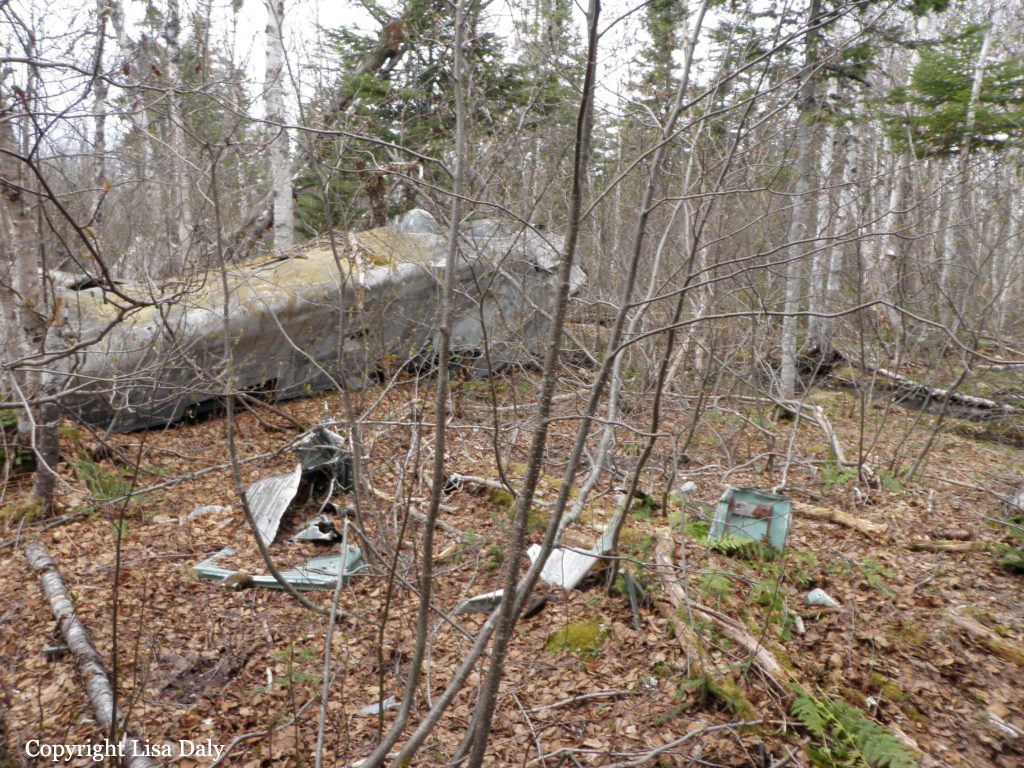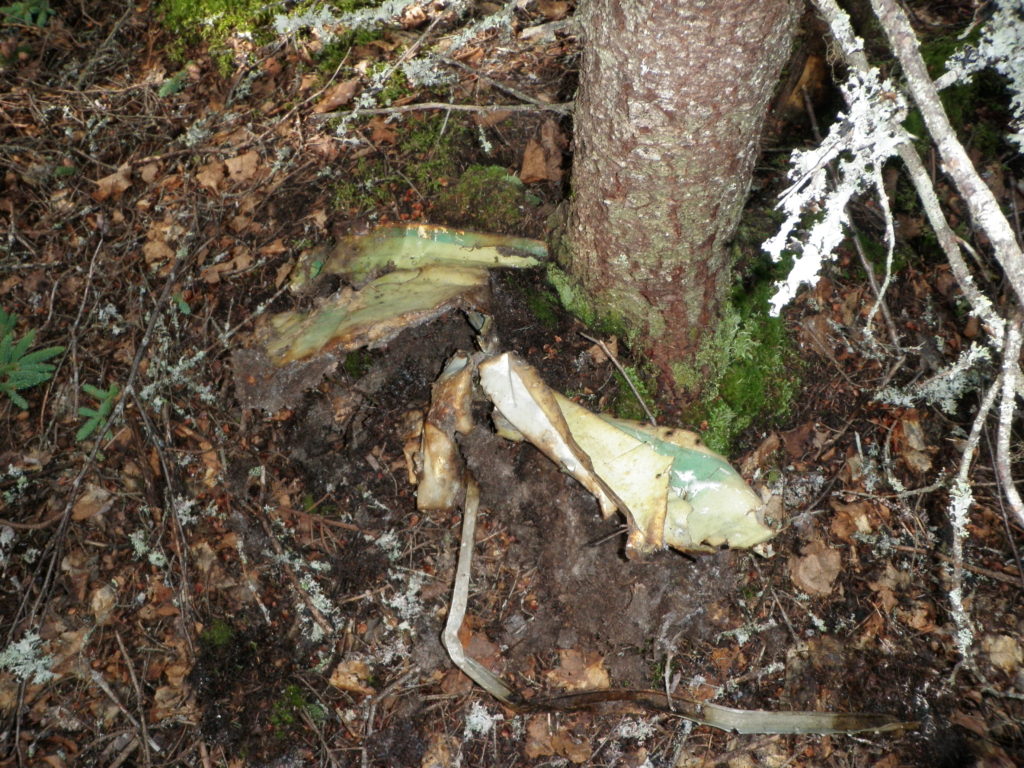Crash of a Douglas C-47A-65-DL in Fort Pepperrell AFB: 1 killed
Date & Time:
Nov 24, 1943
Registration:
42-100496
Survivors:
Yes
Schedule:
Goose Bay – Fort Pepperrell
MSN:
18959
YOM:
1943
Crew on board:
3
Crew fatalities:
Pax on board:
0
Pax fatalities:
Other fatalities:
Total fatalities:
1
Circumstances:
The crew was completing a cargo flight from Goose Bay to Fort Pepperrell AFB located in St John's, with a load of jeep spare parts on board. While on approach in marginal weather conditions, the aircraft was too low, hit tree tops and crashed in a dense wooded area. Two crew members were rescued while the pilot Lee D. Graham was killed.


